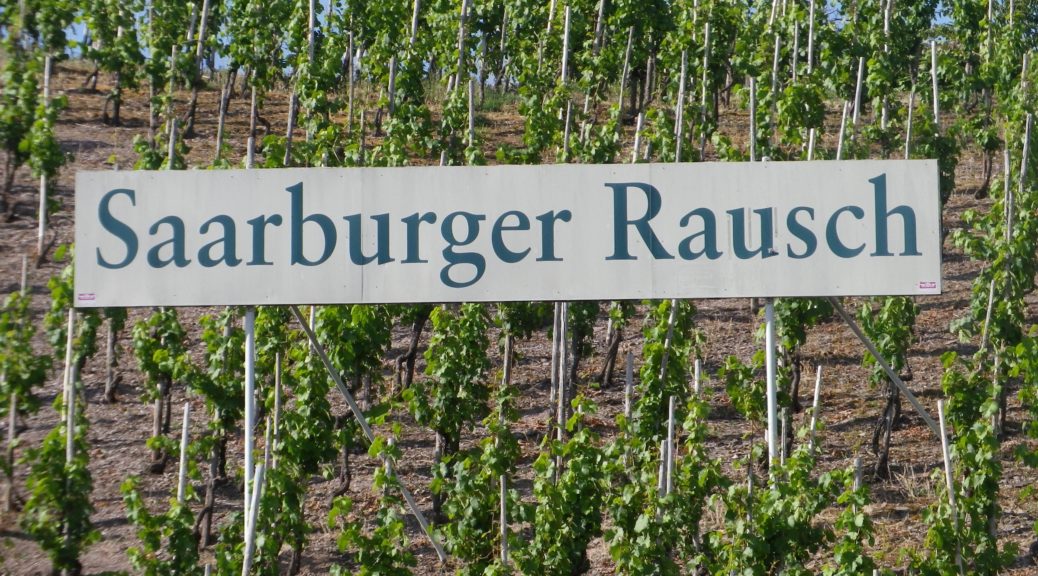What I Learned
In 2007, the German wine region of Mosel-Saar-Ruwer, became known simply as the Mosel. But I want to highlight the unique wines of the Saar, a distinct territorial entity as indicated in the old designation. The Saar River is the Moselle River’s longest tributary. Lined by steep slopes, the Saar terroir is composed chiefly of blue Devonian slate. Since the Saar vineyards on the whole are higher in elevation than the Mosel vineyards, this slate component to the soil is particularly important as it captures and retains the heat of the sunshine, thus helping to ensure the grapes survive to reach maximum ripeness, sometimes as late as early November!
Along the valley of the Saar, the vineyards grow primarily Riesling grapes. Currently, Riesling grapes represent almost 80 per cent of all grapes grown in this area. As a result of the slate, and the cooler climate, the Riesling wine from grapes grown here tends to have a cleaner, racier taste with a stronger hint of minerality than the more unctuous, fruitier, Rieslings from grapes grown along the Moselle River itself.
Other white varietals include Kerner and Rivaner, both of which do well in cool climates. Red varietals include Pinot Noir and Dornfelder.
What I Tasted
2016 Riesling Sekt, Kanzemer Sonnenberg, Mosel, QbA, Trocken, Weingut Johann Peter Mertes (Kanzem): A dry white sparkling wine with fine, lively perlage, and medium gold color; a green fruits nose, with spice, vanilla and green grape flavors; high minus acidity.
2015 Riesling, Mosel, Qualitaetswein, Trocken, Forstmeister Geltz Zilliken (Saarburg): A dry white wine with light gold color; green apple nose, with spicy, green apple flavors; smooth, but with a sweet taste on the finish, with medium acidity.
2015 Riesling, Ayler Riesling-Fass 25, Mosel, VDP Ortswein, Trocken, Weingut Peter Lauer (Ayl): A dry white wine with medium minus gold color; a slight green fruits and mineral nose, with grape and slight turpentine flavors; very smooth with medium acidity.
